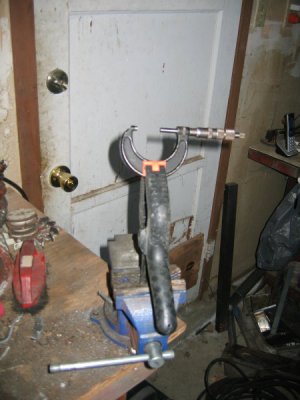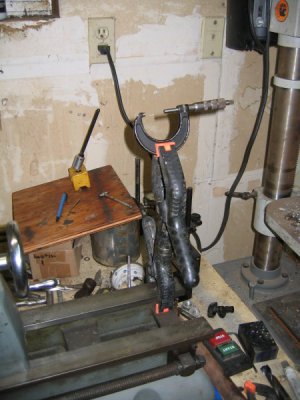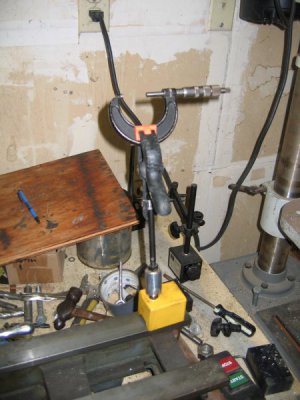- Joined
- Jun 7, 2013
- Messages
- 10,135
The way I described using my gauges is the way that I have done it since the 1960s, same Starrett set, and they still work fine. I also have a B&S set that uses one handle for all the gauge sizes, it is longer than the Starrett models, and they also offered an accessory handle about twice the length, very handy for deep holes. The tightening knob on the Starrett model is so small that it would be difficult to over tighten them.





